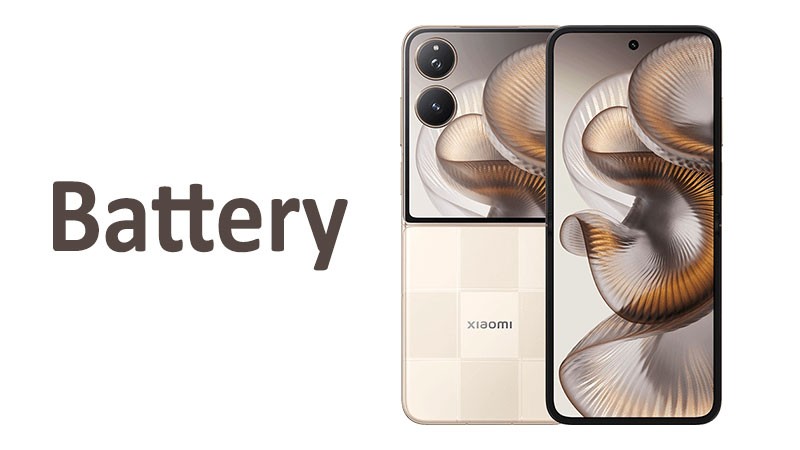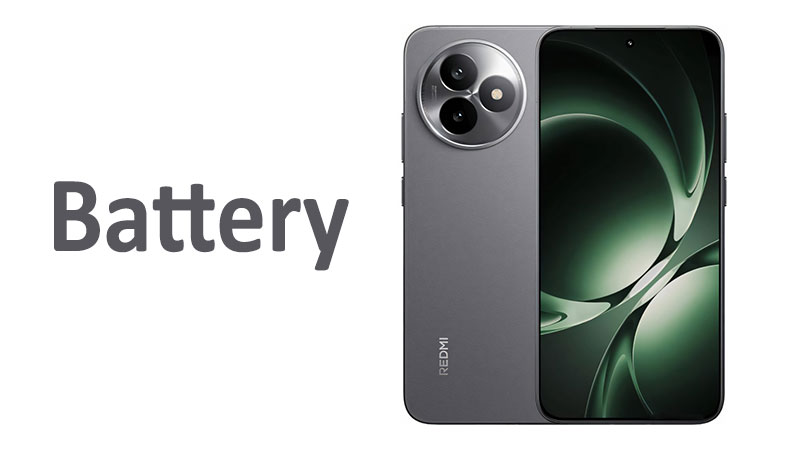In the world of smartphones, few things are more critical than battery performance. It directly impacts our daily experience, from staying connected to enjoying content on the go. The Apple iPhone 16 Pro Max comes with significant upgrades, and its battery system is no exception. This article will provide a comprehensive look at the iPhone 16 Pro Max battery, exploring its capacity, charging capabilities, and real-world battery life. Whether you’re a potential buyer or a tech enthusiast, this guide will help you understand what makes this a true powerhouse.
A Detailed Review of the iPhone 16 Pro Max Battery
The iPhone 16 Pro Max is a true flagship. Its battery system is a key part of its appeal. It combines a larger capacity with faster, more versatile charging options. Let’s break down the details.
Battery Capacity
The iPhone 16 Pro Max battery has a capacity of 4685 mAh. This is a notable increase from its predecessor, the iPhone 15 Pro Max, which had a 4441 mAh battery. This larger cell is a major factor in the improved longevity of the new device.
- Comparison: The 4685 mAh capacity is a significant upgrade. It places the iPhone 16 Pro Max among the top performers in the market. It even surpasses some Android competitors with similar or larger capacities due to Apple’s superior software optimization.
Charging Speeds and Technology
Apple has made important improvements to how the iPhone 16 Pro Max charges. It now offers multiple charging methods with increased speeds. The phone supports wired, wireless, and even reverse wired charging.
Wired Charging
The iPhone 16 Pro Max uses a USB-C port for wired charging. With a compatible adapter, it supports PD2.0 and can reach a charge of 50% in just 30 minutes. While the official maximum wattage isn’t always stated, real-world tests show it can reach up to 27-30W with a high-wattage USB-C power adapter.
- Pros: Fast initial charging speeds, excellent compatibility with most USB-C chargers.
- Cons: A suitable high-wattage charger must be purchased separately.
Wireless Charging
The wireless charging capabilities have also seen an upgrade. The iPhone 16 Pro Max supports MagSafe wireless charging at up to 25W. This is a big jump from the 15W limit on previous models. It also supports Qi2 wireless charging at 15W and standard Qi charging. In some regions, like China, a different wireless charging standard is used.
- Pros: Significantly faster MagSafe charging, convenient and cable-free.
- Cons: Requires a specific MagSafe charger to reach the maximum speeds.
Reverse Wired Charging
A new and useful feature is 4.5W reverse wired charging. This allows the iPhone 16 Pro Max to act as a power bank. You can use a USB-C cable to charge other devices like AirPods, an Apple Watch, or even another iPhone. It’s not a fast charging solution, but it’s perfect for emergency top-ups.
- Pros: Very convenient for charging accessories on the go.
- Cons: The power output is quite low, so it’s not suitable for charging another phone quickly.
Real-World Battery Life
The iPhone 16 Pro Max battery life is truly impressive. It’s a key selling point for the device. Users can expect to get through an entire day of heavy use without needing to recharge. Apple claims it can last for up to 29 hours of streaming video playback.
- Comparison: In real-world battery drain tests, the iPhone 16 Pro Max consistently outperforms its predecessor, the iPhone 15 Pro Max. It also stands out against top-tier Android phones like the Samsung Galaxy S24 Ultra and Google Pixel 9 Pro XL, often winning in browsing and video streaming tests.
- Pros: Exceptional longevity, can easily last a full day or more on a single charge.
- Cons: Performance can vary based on usage, with intensive tasks like 3D gaming draining the battery faster.
Important Points for Buyers
When considering the iPhone 16 Pro Max, keep the following in mind:
- You’ll need to buy a separate charger to take advantage of the fastest wired and wireless charging speeds. The phone itself doesn’t come with one.
- The battery is a significant upgrade. If you are upgrading from an older iPhone, you will notice a huge difference in battery life.
- Software optimization is key. Apple’s hardware and software work together to deliver a battery experience that is more efficient than the raw capacity numbers might suggest.
Conclusion
The Apple iPhone 16 Pro Max battery system is a major highlight of the device. The larger 4685 mAh capacity provides exceptional longevity, allowing for extended use on a single charge. The faster wired charging (up to 30W) and enhanced MagSafe wireless charging (up to 25W) offer more convenient ways to power up. The new reverse wired charging feature is a welcome addition, making it a versatile device for charging accessories.
For anyone looking for a smartphone with best-in-class battery life, the iPhone 16 Pro Max is a top contender. Its combination of a large battery, efficient hardware, and optimized software makes it a reliable companion for even the most demanding users. If battery performance is a top priority for you, this phone is an excellent choice.
FAQ
What is the battery capacity of the iPhone 16 Pro Max?
The iPhone 16 Pro Max has a 4685 mAh Li-Ion battery.
How fast can the iPhone 16 Pro Max charge?
It can charge up to 50% in 30 minutes with a wired connection and a compatible PD2.0 charger. It also supports 25W MagSafe wireless charging.
Does the iPhone 16 Pro Max have reverse charging?
Yes, it supports 4.5W reverse wired charging, which allows you to charge other accessories.
How does its battery life compare to the iPhone 15 Pro Max?
The iPhone 16 Pro Max offers a significant improvement in battery life, with a larger capacity and better efficiency.
What charger do I need for the fastest charging?
You’ll need a USB-C power adapter of at least 30W to achieve the fastest wired charging speeds.



